-

brick clay crusher
making bricks using sand and clay sand making machine by using clay india – crusher. trade offer to sell clay bricks machine from r. k . akola – 444 001, maharashtra, ... Clay Brick Making: ... bricks south crusher Find Zhengtai pc hammer crusher, clay bricks making plant, China import Supplier o. Main Market:Southeast Asia, Africa, Mid .
Get Price -

MAKING LIGHT WEIGHT REFRACTORY CERAMIC FROM PERLITE .
With practice you can learn to extract the form from the brick and leave a freestanding, but damp, brick. A little oil or wax or a sheet of plastic wrap on the form will make extraction easier. Multiple bricks can then be created using the same form. DRYING AND FIRING The brick will need to air dry for a week or more until it appears completely ...
Get Price -

How This Startup Is Using Bacteria to Grow Bricks From Scratch
· While traditional brickmaking requires blasting clay in kilns at 2,000 degrees for several daysthereby releasing massive amounts of carbon into the atmosphereBioMason injects sand with ...
Get Price -

Making Bricks Using Sand And Clay
Burntclay Bricks Food And Agriculture Organization. Four main ingredients are required for brick making suitable clay and sand water fuel and manpower The clay must be easily available be plastic when mixed with small amounts of water develop strength upon drying and develop hard and durable usestrength when burned Suitable soils contain 25 to 50 clay and silt and 50 to .
Get Price -

Types of Bricks Used in Construction and Civil Engineering
2 days ago · Sand lime bricks offer several advantages over fired clay bricks: They have superior loadbearing capability, from a very high compressive strength (1450 psi or 10N/mm 2) The bricks have a uniform color and texture to them The smooth finish requires less plastering when used on a visible surface They offer good acoustic insulation
Get Price -

Uses of Clay Soil
Clay can be made into adobe bricks by drying it in the sun or by burning it is fire. The bricks are then assembled together along with mortar which is another component made up of clay to build into a house. The building material cob is also made up of clay by mixing with some sand and straw to form benches, ovens, and buildings.
Get Price -

Brick History
Building bricks are a mixture of clay and sand which is mixed with water to create the correct consistency. Sometimes the bricks also have added lime, ash or organic matter which speeds up the burning of the brick. The clay mixture is then formed in moulds to the desired specifiion ready to be dried then burnt in the kiln.
Get Price -
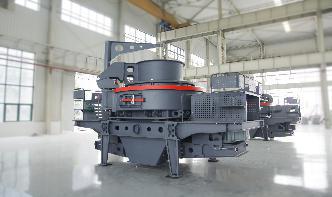
What Sand Can Be Used In Mortar? Dont use the wrong sand!
· Plastering sand is washed to remove salt and clay content. This helps to prevent shrinking and cracking. However, it has a consistency that is much like builder's sand. It has small grains that are smooth and that helps to achieve a smooth finish. Again, this is sand that is found in riverbeds, but it is also washed to remove impurities.
Get Price -

7 Types of Sand Used in Construction
To detect clay: The presence of clay in the sand will affect its binding properties, making it less effective. To test for clay, water is placed in a transparent jar and with a proportional quantity of sand. The watersand mixture is then shaken vigorously and allowed to settle. A distinct layer will form atop the sand if the clay is present.
Get Price -
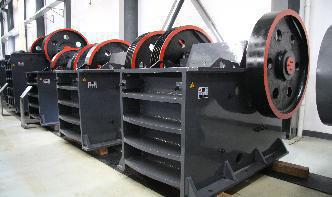
Paper on use of Fly ash for Brick making (Clayfly ash bricks) ...
either with clay as part replacement or in combination with other materials like sand, lime, gypsum etc. to produce a substitute to conventional clay bricks. From the soil to be used for brick manufacturing, India can be divided into three broad regions – Northern Mountanious region, IndoGangetic plains and peninsular region.
Get Price -

How to build a clay oven
· Using the same clay and sand mix as before, build a wall to connect the oven wall with the brick archway. Make small clay bricks and compact them together. When you reach the top, leave a round hole in the middle to act as the chimney. The hole should be between 10cm and 15cm in diameter. Step 8 – The second layer
Get Price -

The Process of Brick Making
The Stock brick contains one extra ingredient; a combustible material in the form of ash is added to the clay and chalk mixture. The common form of Stock brick is the "Yellow Stock" which is produced by an admixture of 64% clay, 11% chalk and 25% combustible material. The less common "Red Stock" is made from 75% clay and 25% combustible material.
Get Price -
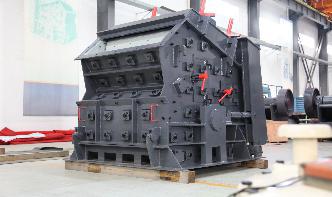
Make Your Own Compost Bin With Mesopotamian Bricks
· 1. Collect cardboard shoe boxes (or similar boxy container) for your mold. 2. Mix different combinations of dirt, sand, clay, grass, weeds, straw, and water. 3. Pack the mixture tightly into your mold. 4. Allow your brick to dry in a sunny place for several days. 5. Remove the dried brick from the box.
Get Price -

'silica plastic block' is a sustainable brick made from recycled sand ...
· the 'silicaplastic block' project started with a clear mandate of producing zero waste from the sand reclamation plant in rhino machines foundry plant. in the initial stages, experiments were...
Get Price -

Green Brick Making Manual
Many types of soil have been used for fired brick making, including clay, loam and even materials from anthills and termite mounds. Good quality clay ensures a strong and durable brick and it must have specific properties that confer a high degree of plasticity when mixed with water, so that it can be moulded into a brick. In addition, the clay ...
Get Price -
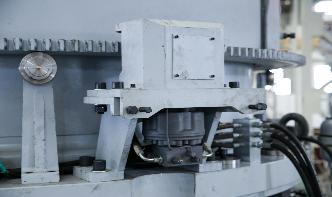
making bricks using sand and clay
making bricks using sand and clay THE UK CLAY BRICKMAKING PROCESS Clay Brick Making: Learn the Process DoItYourself making bricks using sand and clay The History of
Get Price -

Should Polymeric Sand Be Used for Clay Brick Pavers?
Refine and Activate Choose a dry 24hour period with temperatures above 50 degrees Fahrenheit to activate the polymeric sand. Using a broom or leaf blower, carefully remove any residual polymeric...
Get Price -

How To Make Bricks And Blocks
Hand mixing should be done, using shovels, on a level concrete slab or steel plate. First spread the aggregate out 50 to 100 mm thick. Then distribute the cement, and stone if any, evenly over the sand. Mix aggregate and cement until the colour is uniform. Spread the mixture out, sprinkle water over the surface and mix.
Get Price -
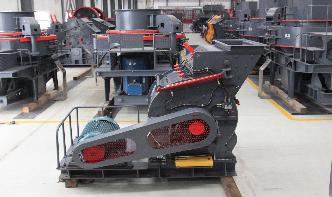
Why brick?
Bricks do not only resist the ravages of time but also are continuously being reinvented. 10 reasons why bricks 1. The use of natural base materials Bricks are the result of a combination of purely natural elements: clay, sand, water, air, and fire. No toxic substances are added to bricks.
Get Price -
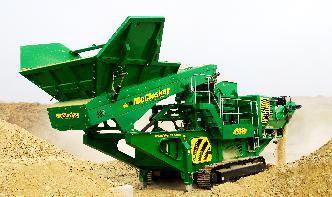
How to Manufacture Bricks: Brick Manufacturing Process [With .
The lump of tempered clay is taken and it is dashed in the mould. The clay is pressed or forced in the mould in such a way that it fills all the corners of mould. The extra or surplus clay is removed either by wooden strike or metal strike or frame with wire. A .
Get Price -

Manufacturing of Brick
much water to be extruded by the stiffmud process. Clays are mixed to contain 20 to 30 percent water and then formed into brick in molds. To prevent clay from sticking, the molds are lubried with either sand or water to produce "sandstruck" or "waterstruck" brick. Brick may be produced in this manner by machine or by hand.
Get Price